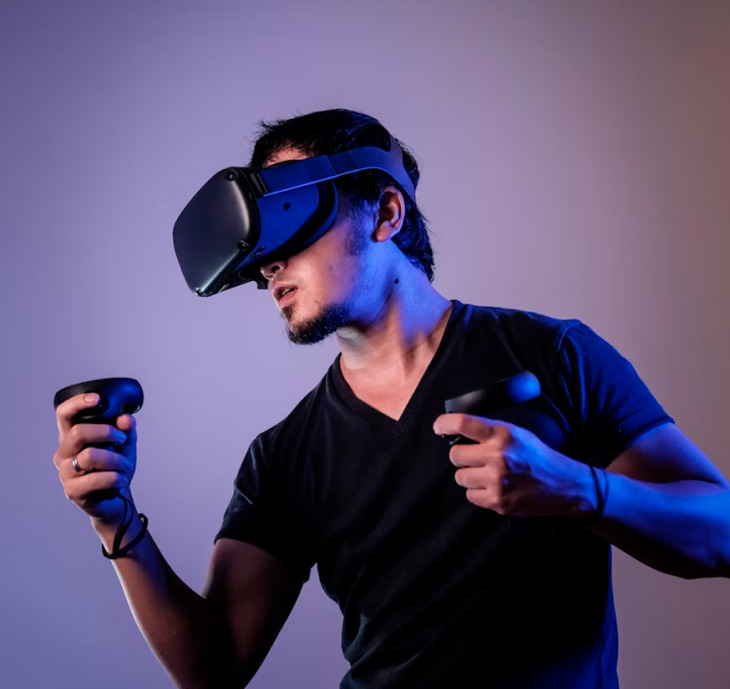In the quest for diversity and inclusion, addressing hiring biases is a crucial step for any organization. Biases in hiring, often subtle and unconscious, can significantly impact workplace diversity, affecting everything from team dynamics to overall company success. In this article, we’ll explore what hiring biases are, their impact, and how Kiin’s upcoming VR experience aims to address them.
Understanding hiring biases
Hiring biases are preconceived notions or attitudes that influence the hiring process, often in an unfair manner. These biases can be based on a candidate’s age, gender, ethnicity, appearance, or even their name. Such prejudices, whether conscious or unconscious, can lead to unfair hiring practices.
Types of hiring biases
Confirmation bias: Forming an opinion about a candidate based on first impressions and seeking information that confirms this belief.
Affinity bias: Favoring candidates who share similarities with the interviewer or hiring manager.
Stereotype bias: Making assumptions about a candidate based on stereotypes associated with their demographic group.
Beauty bias: Preferring candidates based on their physical appearance.
The impact of hiring biases
Hiring biases can lead to a lack of diversity in the workplace, which can stifle innovation and hinder the development of a robust company culture. It can also result in missing out on talented individuals who could have brought unique perspectives and skills to the team.
Strategies to mitigate hiring biases
Structured Interviews: Implementing a standardized set of questions for all candidates ensures consistency.
Diverse hiring panels: Involving a diverse group of individuals in the hiring process can provide varied perspectives.
Blind recruitment processes: Removing personal information from resumes can help reduce biases.
Education and awareness: Regular training sessions on unconscious bias for hiring teams.
Training programs for addressing hiring biases
To effectively address hiring biases, organizations can implement various training programs:
Unconscious bias training: These sessions help hiring teams recognize and understand their unconscious biases. Interactive workshops and discussions facilitate self-awareness and strategies to mitigate these biases.
Inclusive hiring practices workshops: Training on inclusive hiring practices educates hiring managers about the importance of diversity in the workplace and equips them with tools to make unbiased decisions.
Cultural competence training: This focuses on understanding and appreciating cultural differences, helping hiring teams to avoid cultural biases in their recruitment process.
Role-Playing and scenario-based training: These sessions simulate real-life hiring situations, allowing participants to practice and refine their approach to minimize bias.
The potential of Virtual Reality for hiring bias training
Virtual Reality (VR) offers an innovative approach to training for hiring biases:
Immersive experiences: VR creates realistic hiring scenarios, enabling users to experience the hiring process from multiple perspectives, including that of diverse candidates.
Empathy building: By stepping into the shoes of others, VR training can foster empathy, helping hiring managers to understand the impact of their biases.
Interactive learning: The interactive nature of VR makes training more engaging, improving retention and application of learned principles.
Safe environment for practice: VR provides a risk-free environment to practice and make mistakes, which is crucial for learning and improving hiring practices.
Confronting and addressing hiring biases is an essential step toward building inclusive work cultures. Training programs play a vital role in educating and equipping hiring teams to make unbiased decisions. The potential of VR in this field is particularly promising, offering immersive, engaging, and effective training solutions. As organizations continue to strive for diversity and inclusion, adopting innovative training methods such as VR can significantly enhance their efforts in building a fair and diverse workforce.






